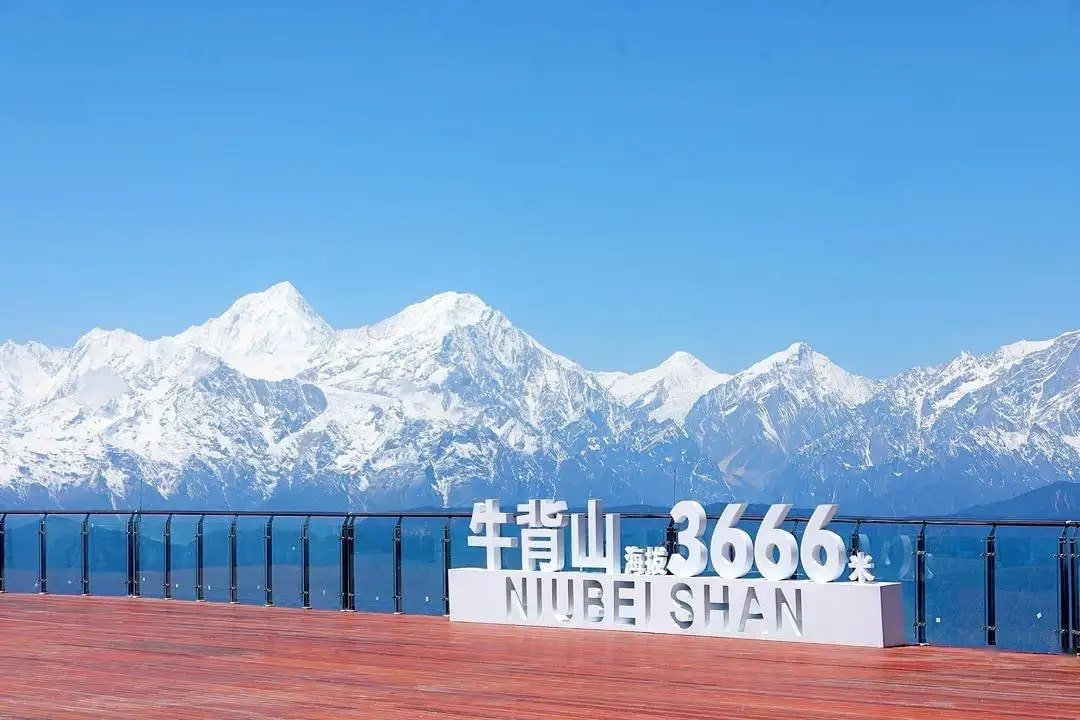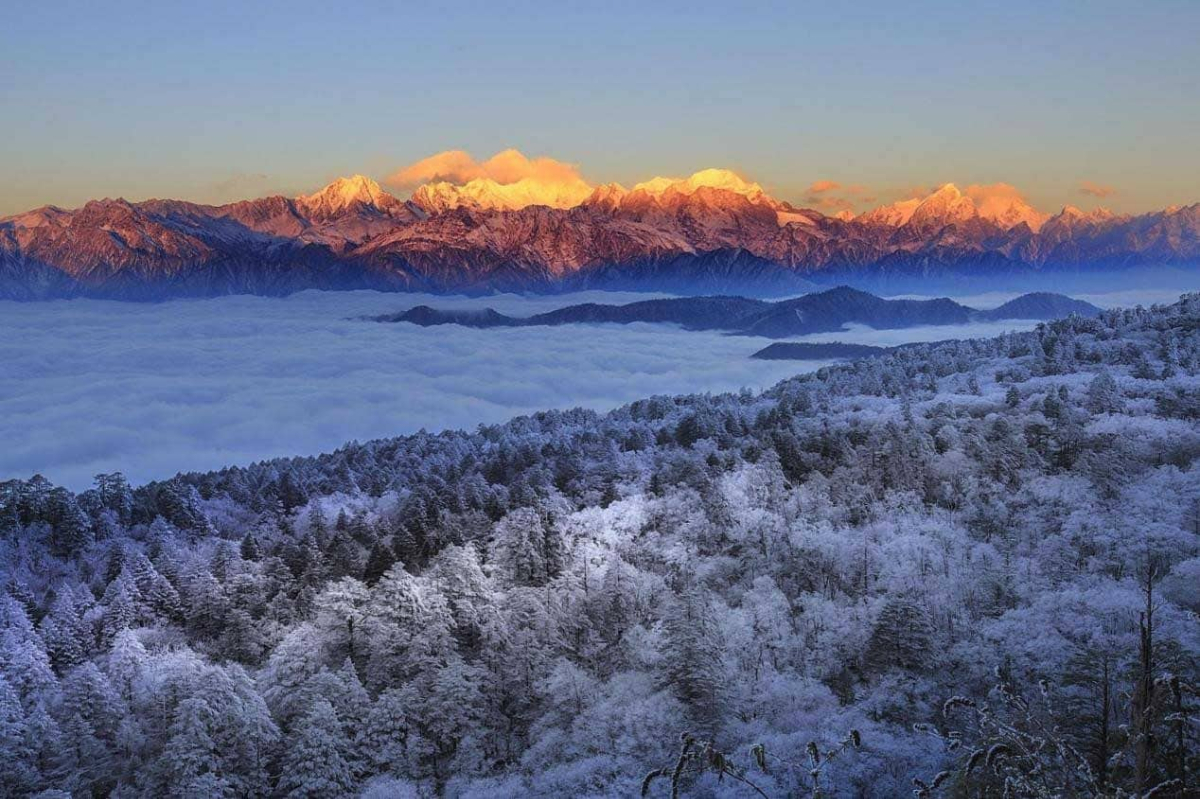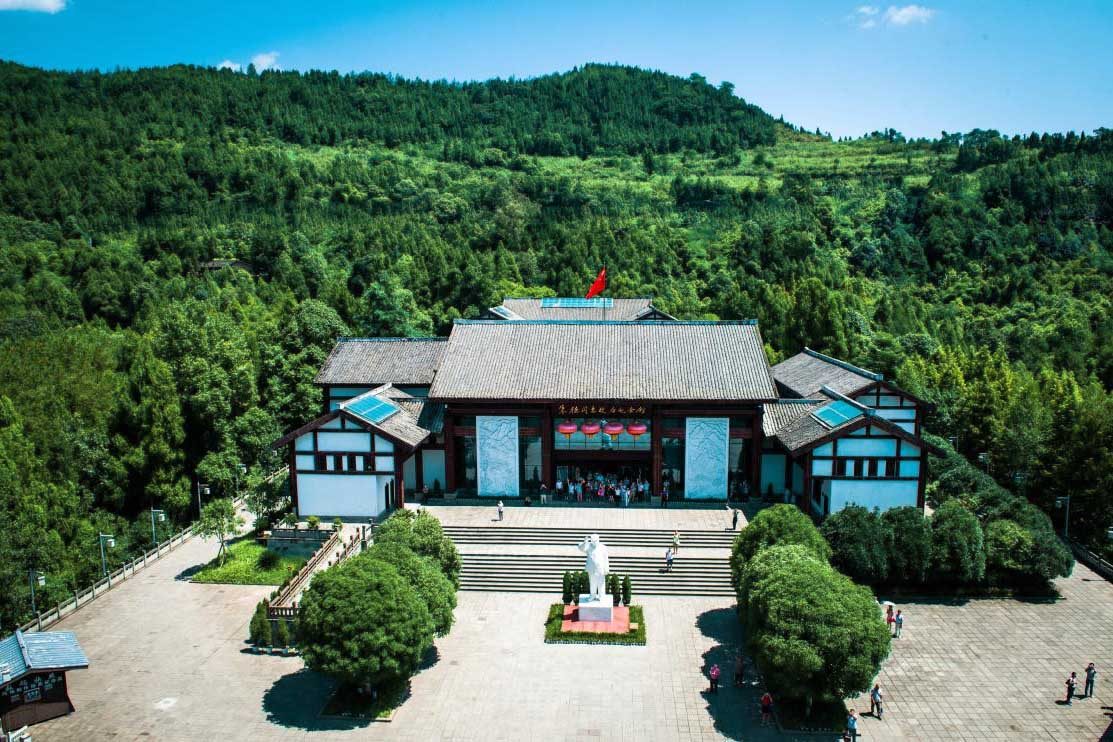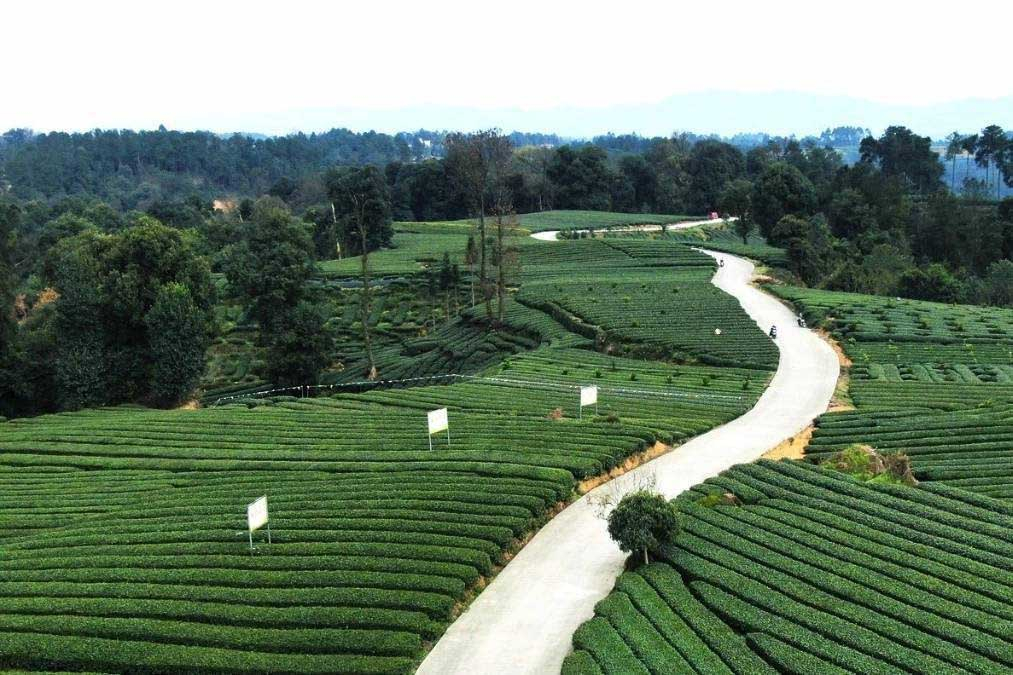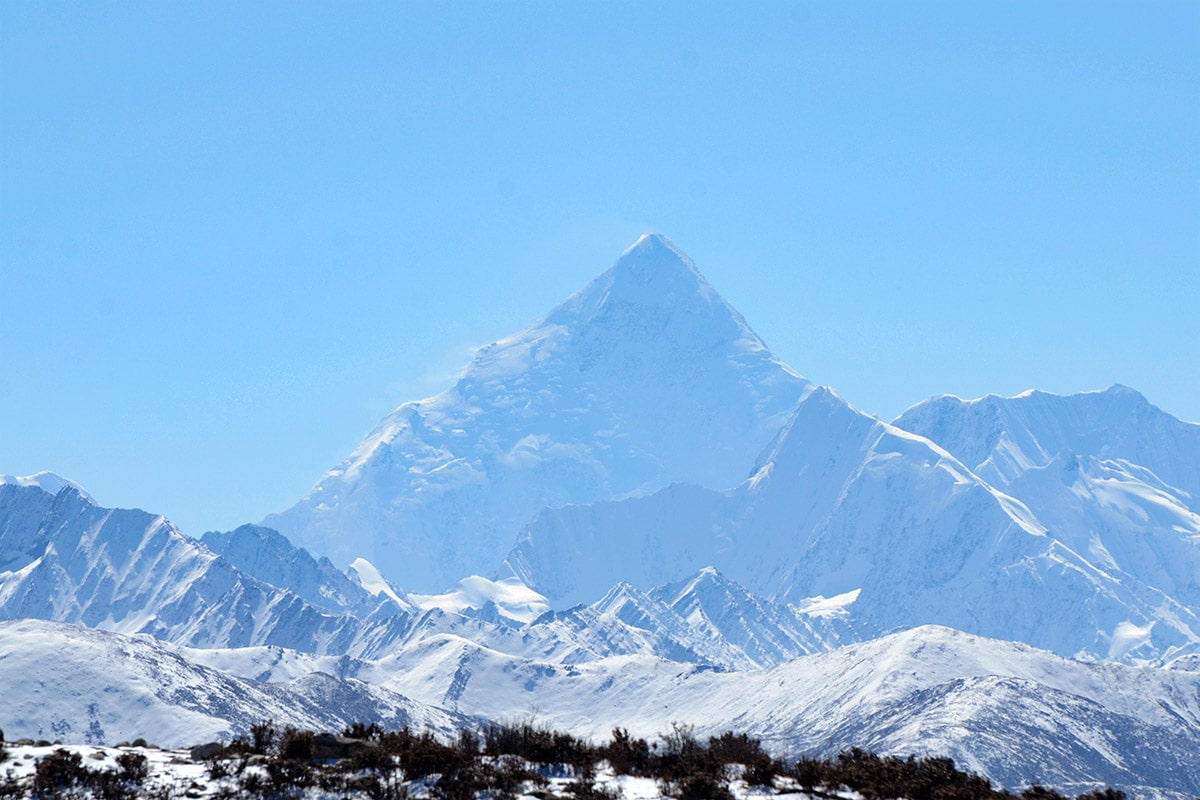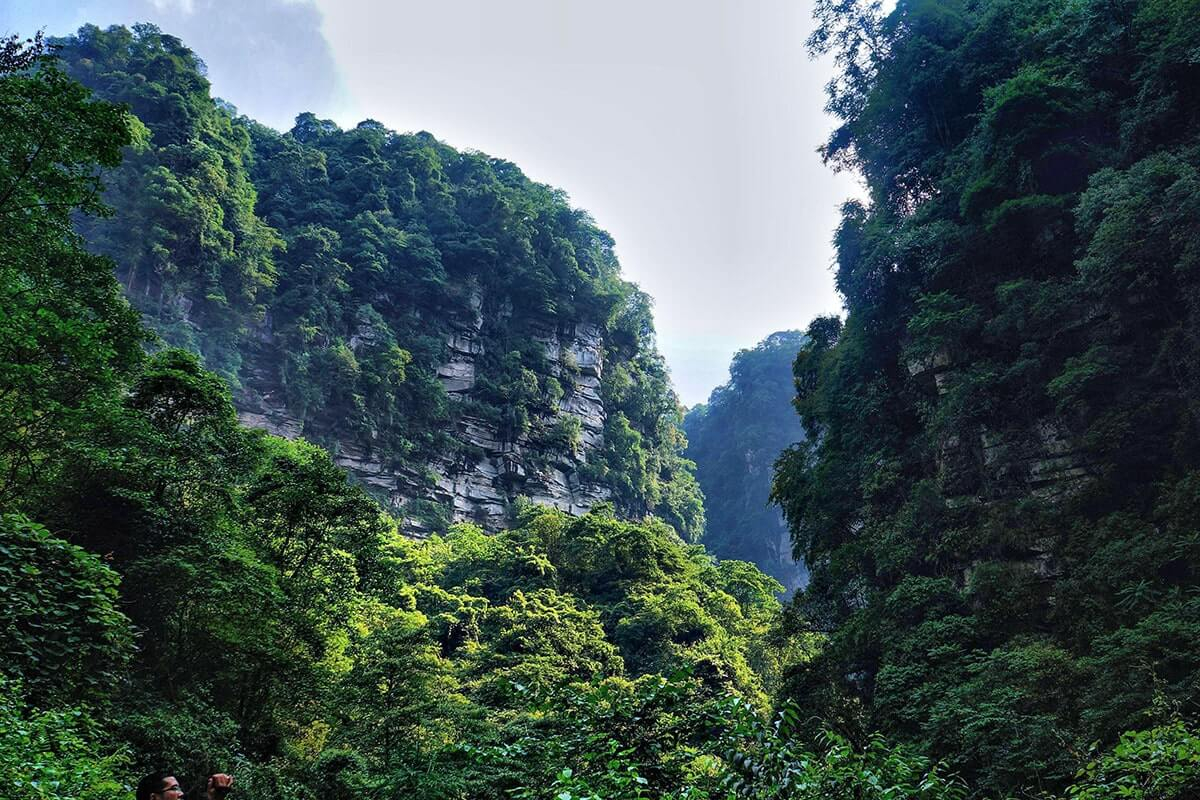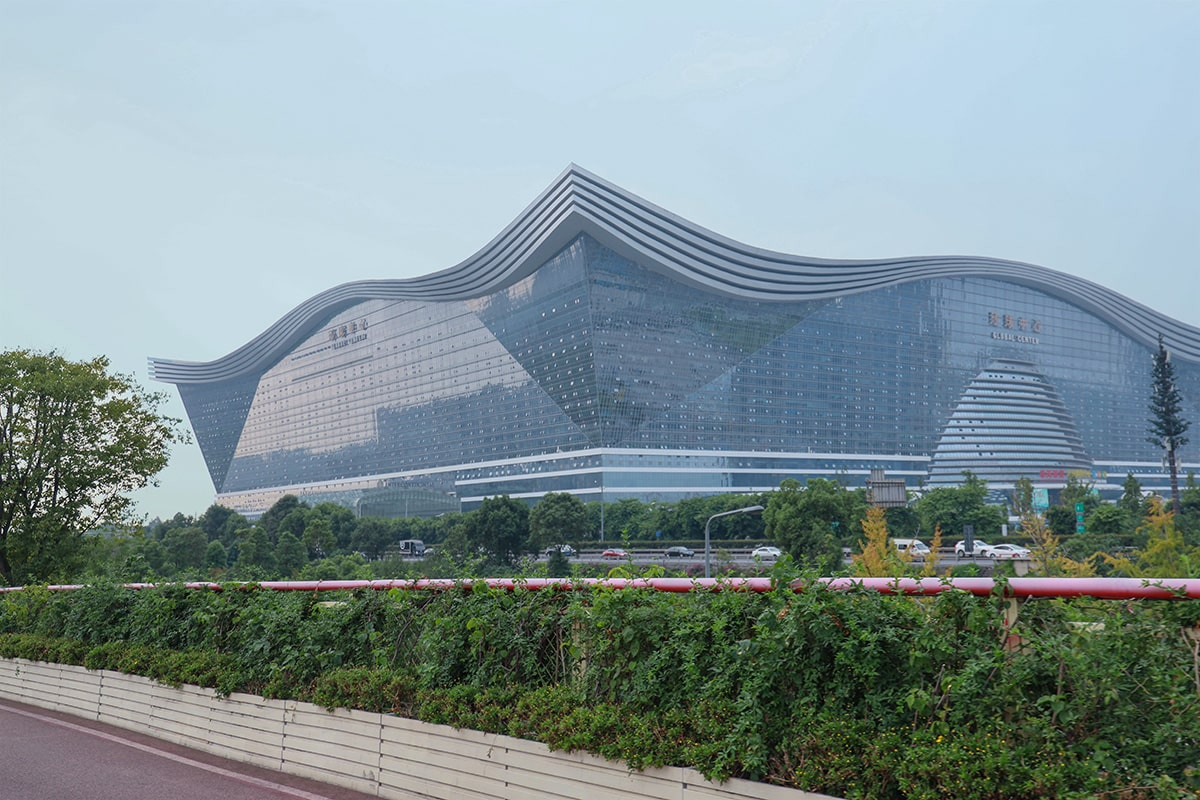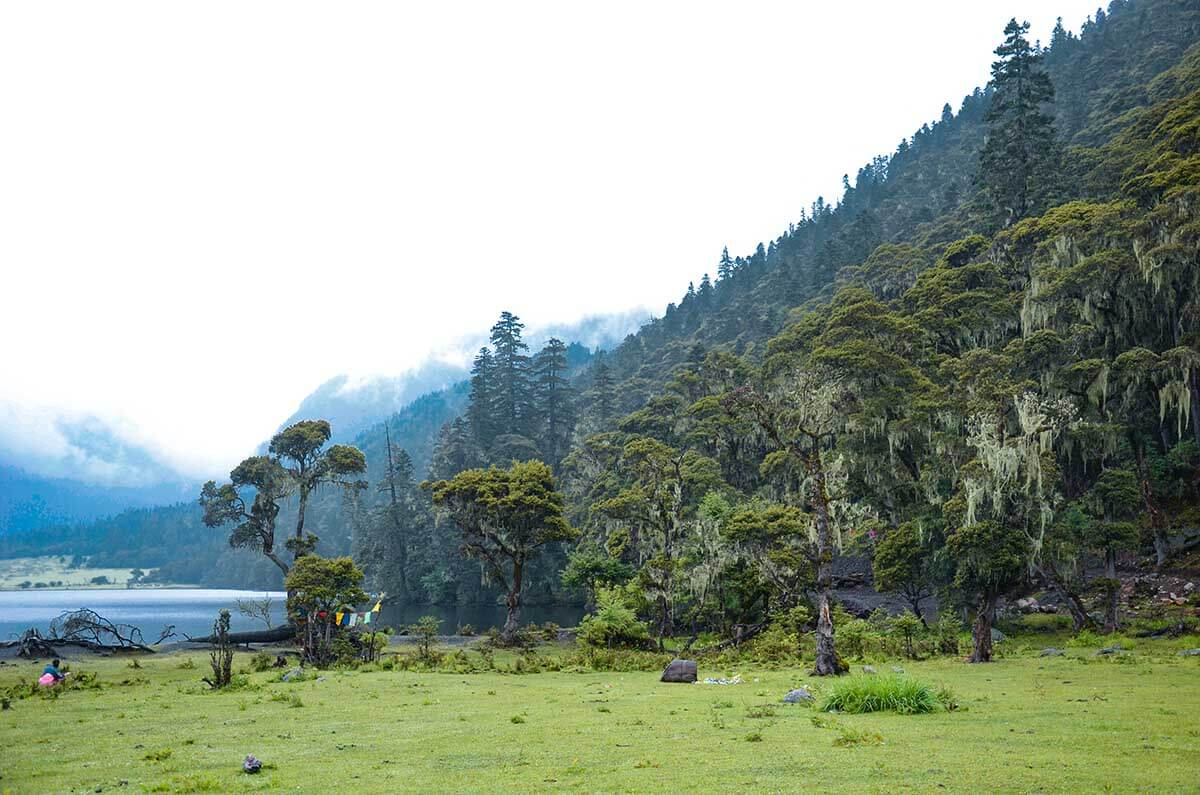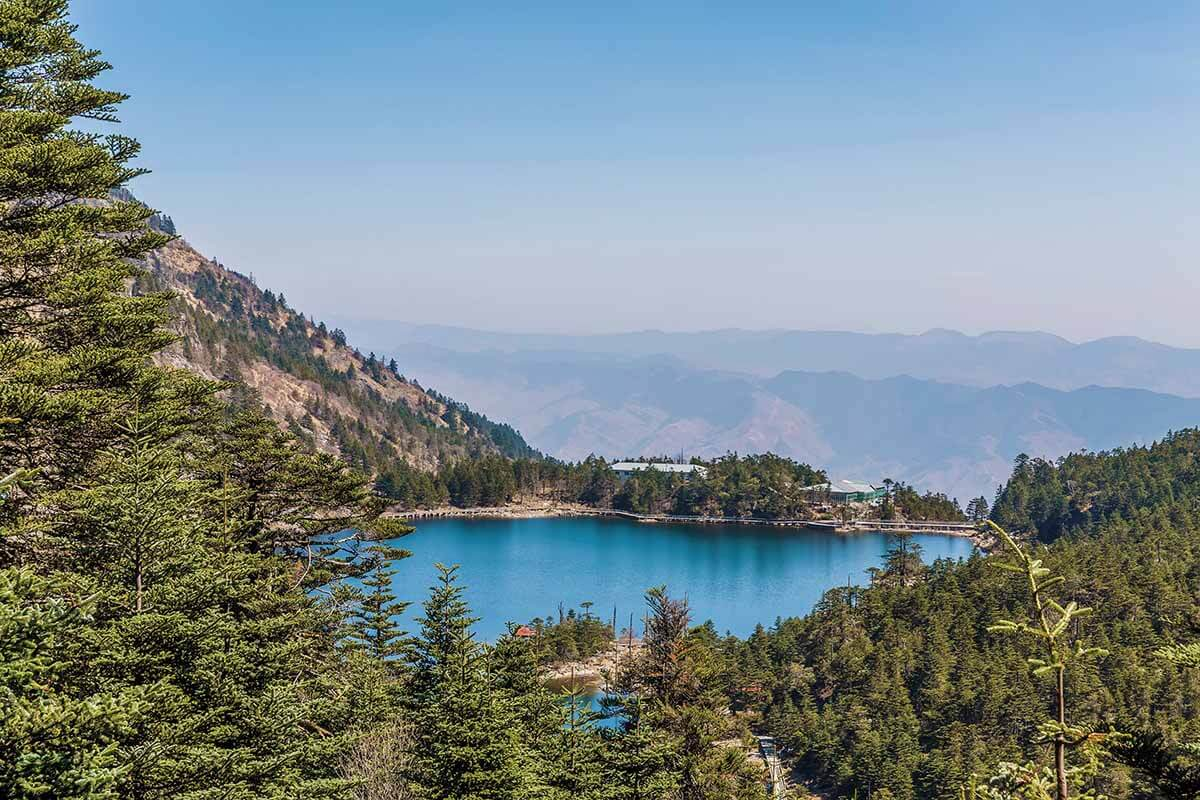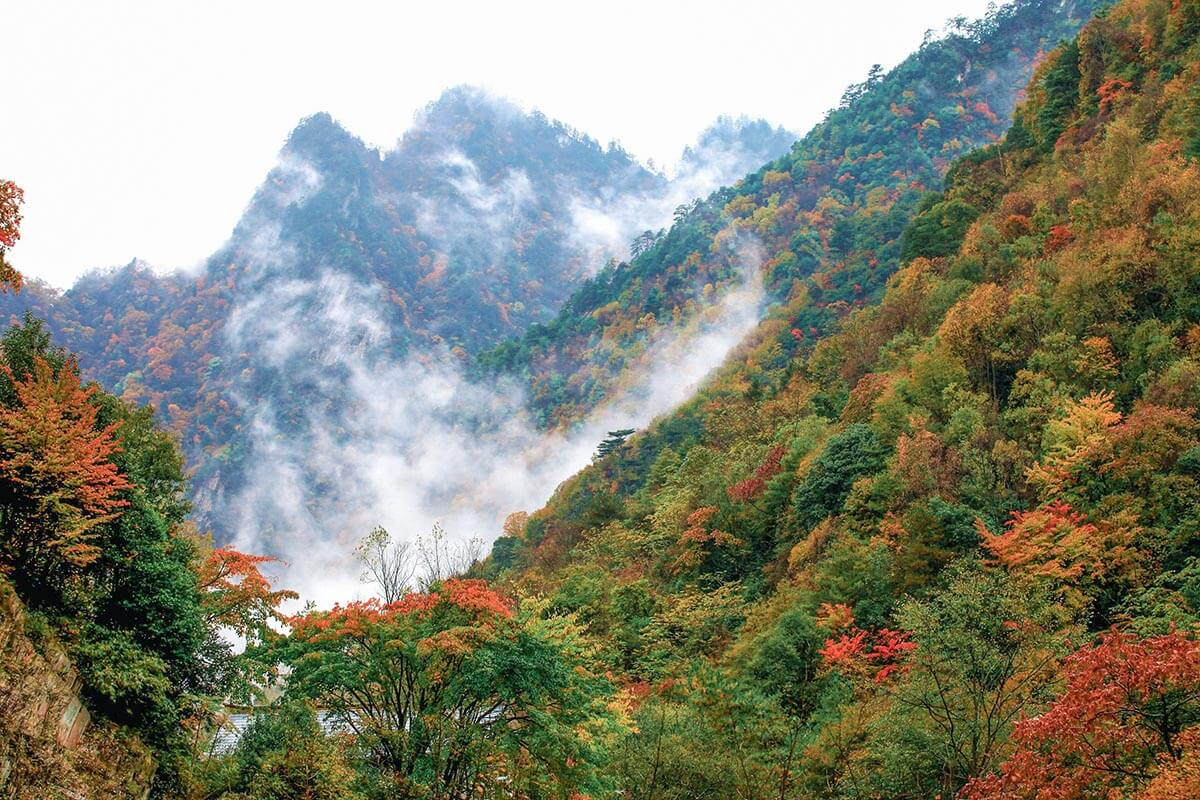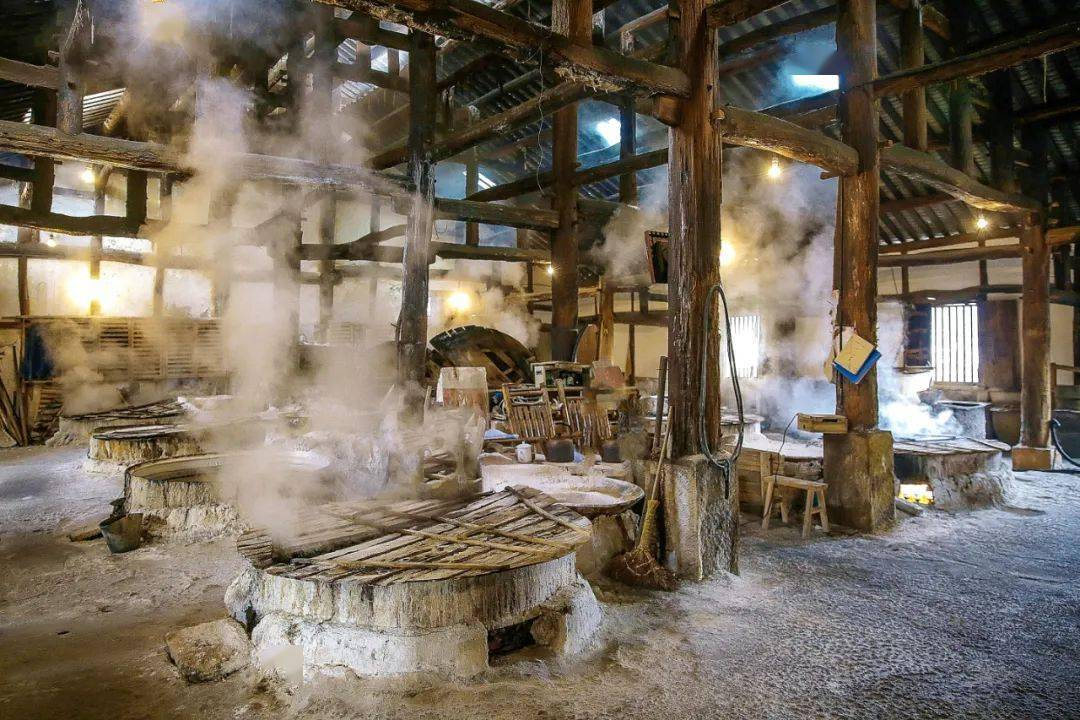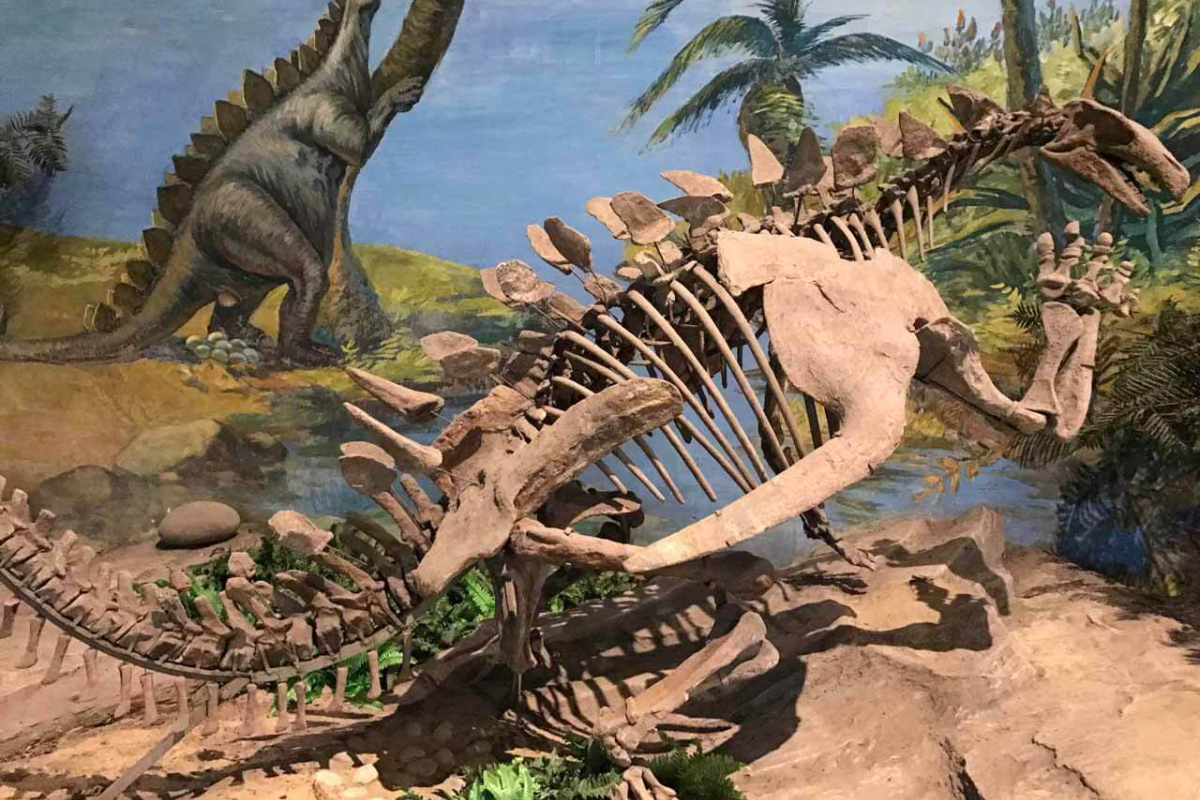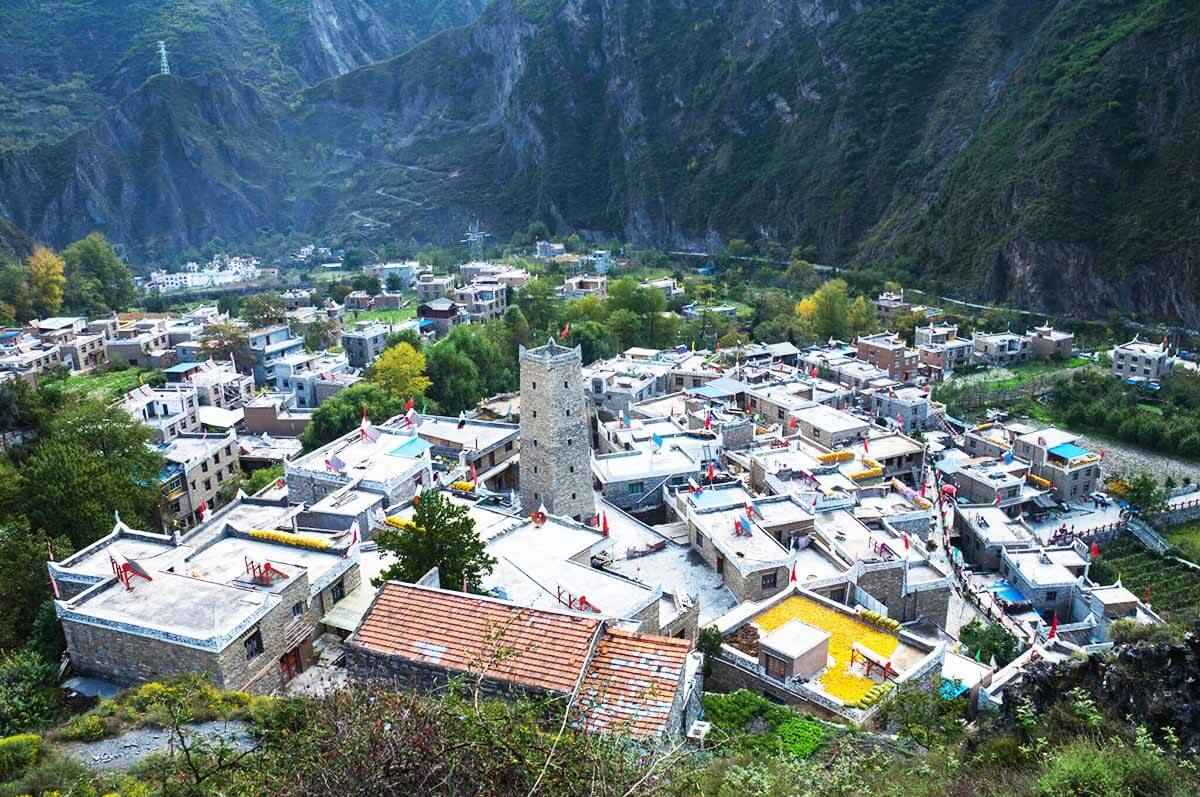Sanxingdui Museum
Chinese name: 三星堆博物馆(San Xing Dui Bo Wu Guan)
Location: No.133, Xi’an Road, Nanxing town, Guanghan, Chengdu, Sichuan Province. About 40km northeast of Chengdu.
Ticket: Entrance Ticket CNY72.00
Estimated tour time: 2-3 hours
Recommended time to visit: Whole Year
Nearby attractions: Chengdu Giant Panda Breeding and Research Center, Wuhou Temple, Jinli Street, etc.
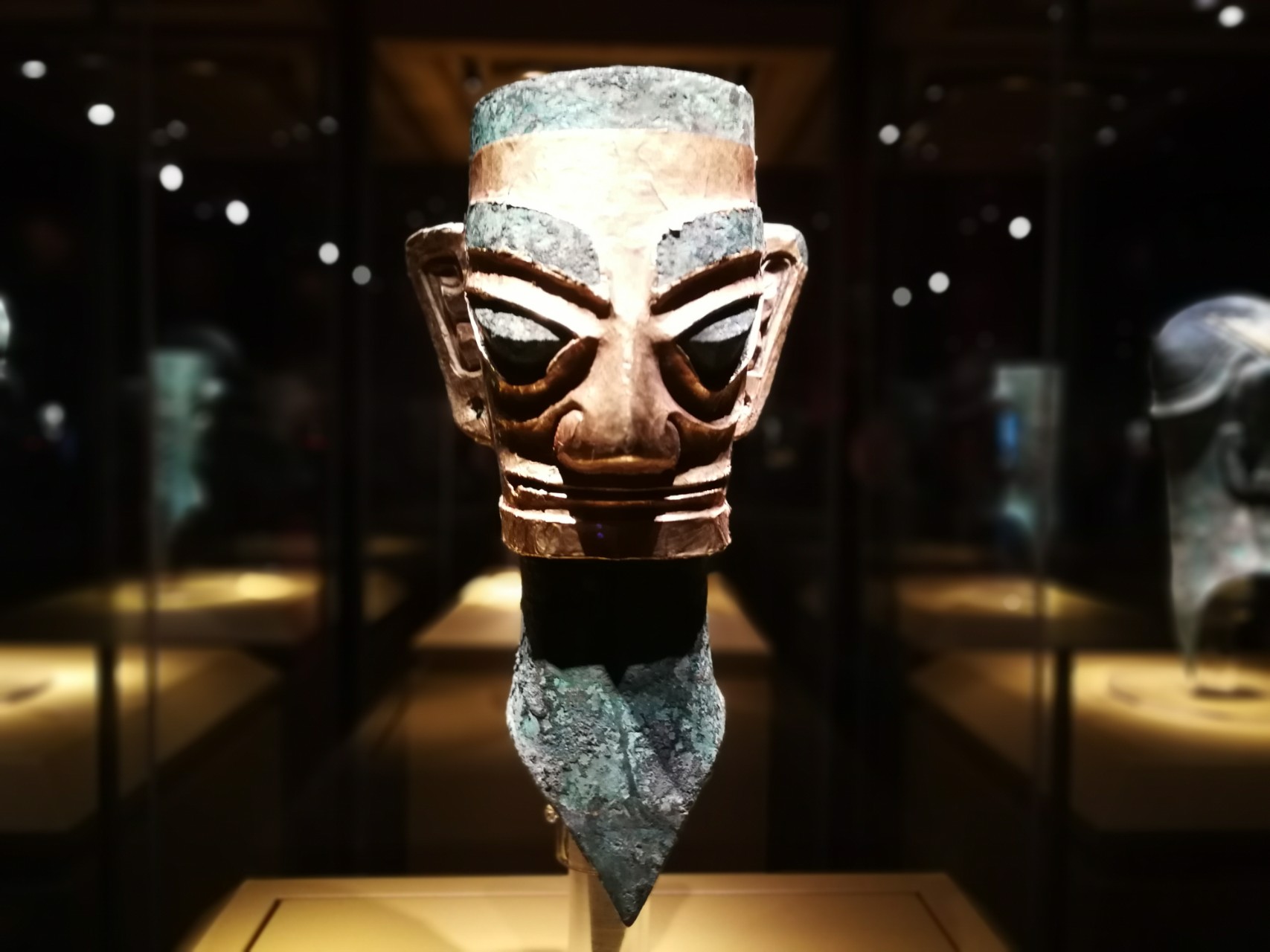
The Sanxingdui Museum is located in the northeast corner of the ruins of Sanxingdui, which is at the bank of Duck River in the west of Guanghan City, Sichuan Province, known as a famous historical and cultural city. It is 38 kilometers north from Chengdu and 26 kilometers south from Deyang. It is a large modern thematic museum. The foundation of the museum was laid in August 1992 and it was formally opened to the public in October 1997.
The discovery of Sanxingdui predates 2,000 years of Sichuan's history and proves that the upper reaches of the Yangtze and the Yellow River region are the cradle of the Chinese civilization. The Sanxindui is recognized as one of world's most important ancient remains because of its vast size, age and cultural contents.
The display of the Sanxingdui museum is entitled Ancient City, Ancient State and Ancient Shu Culture, which is made up of two galleries, including 9 sections .The display area is nearly 12000 square meters. One is Three Stars Accompany the Moon---Brilliant ancient Shu civilization,exhibits gold, copper, jade, stone, pottery, etc. the other is Three Stars Shine forever----mysterious bronze kingdom,which is specially used to exhibit bronze.
The cultural relics at Sanxingdui are precious cultural heritage of mankind, which contain rich historical, cultural and scientific value, and bespeak themselves as the most attractive ones amongst the multitude of the spectacular relics in China. Amongst the hoards of prize antiquities there are a variety of unique, grotesque bronzes, such as 2.62-meter-tall standing statue, 1.38-meter-wide bronze mask, 3.95-meter-high bronze tree, all of which stand out as treasures unparalleled. In addition, the gold ware represented by the gleaming gold scepter, and jade ware such as the blades with heavy motif, turn out to be undeniable rare jewels never seen before.
Sanxingdui site is an ancient city, ancient state and ancient Shu culture site in southwest of China, which is the largest in area, longest in time span and richest in cultural connotation. The total area covers 12 square kilometers with a city of 4 square kilometers in the center. The large-scale city is well knit, in which dozens of cultural relics have been found, such as city walls, two sacrificial pits, building foundations, jade ware pits and burial area, as well as several thousand fine artifacts. The Sanxingdui site was the capital of Shu state about over 3000 years ago, which is one of the largest and well-preserved known cities of the time in China. In January 1988, the State Council designated the Sanxingdui site as one of the most important cultural relics units under national protection.
Sanxingdui scenic spot is centered in the ancient city on the principle of being remained the original environment. By means of combination of traditional craft and modern scientific technology the site displays to the public with professional protection, including west city wall, the Yueliangwan highland, the Mamu River, three-star Mounds and sacrificial pits 1&2. These spots refresh majestic appearance of Sanxingdui-based Shu state in southwest of China in the old days.
The structure of the Sanxingdui museum is a magnificent innovation with a style of solemnity, which consists of two galleries. Gallery one represents an arc-sloped ecological building, emphasizing the theme that human world and nature are in perfect harmony. Gallery two is spiral architecture, symbolizing both Three-star Mounds and the course of human history development. Through the cultural symbolic building, they implicitly convey rich connotation and profound historical deposits of Sanxingdui culture and also reflect the eternal theme of man and society as well as man and nature.
- HOTEST
- RECOMMEND
